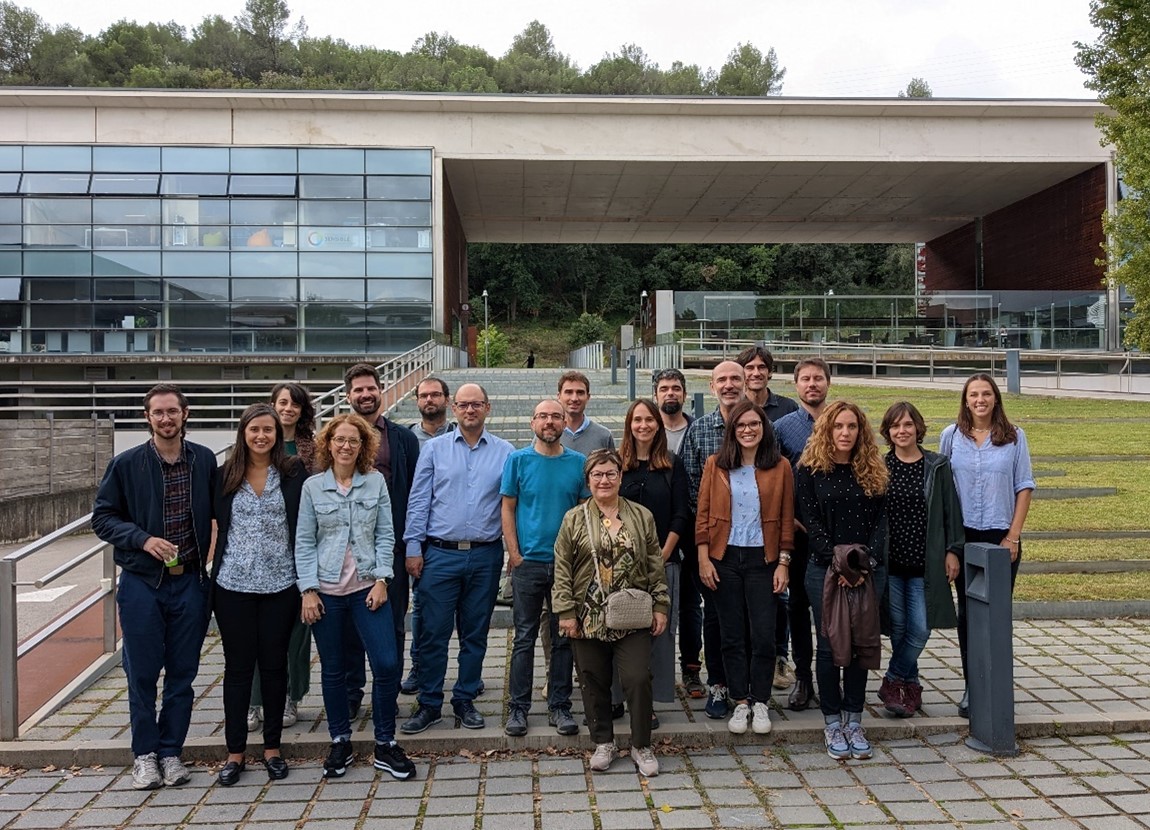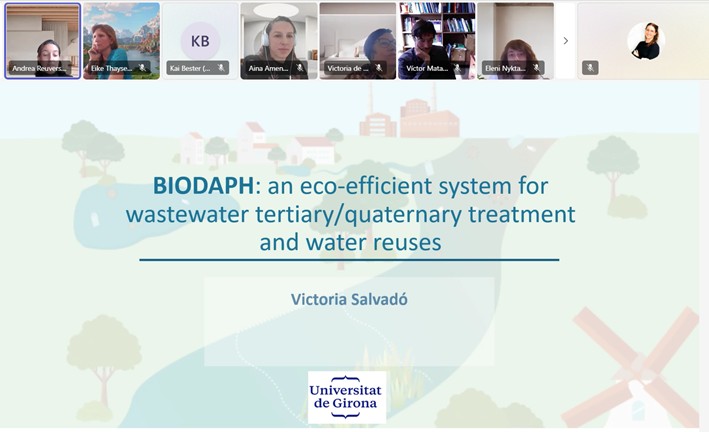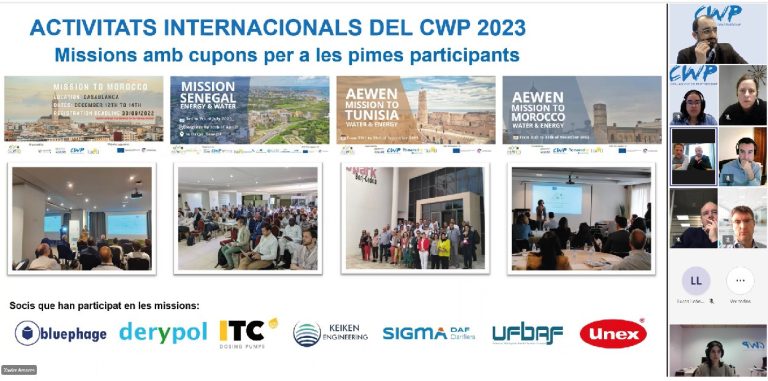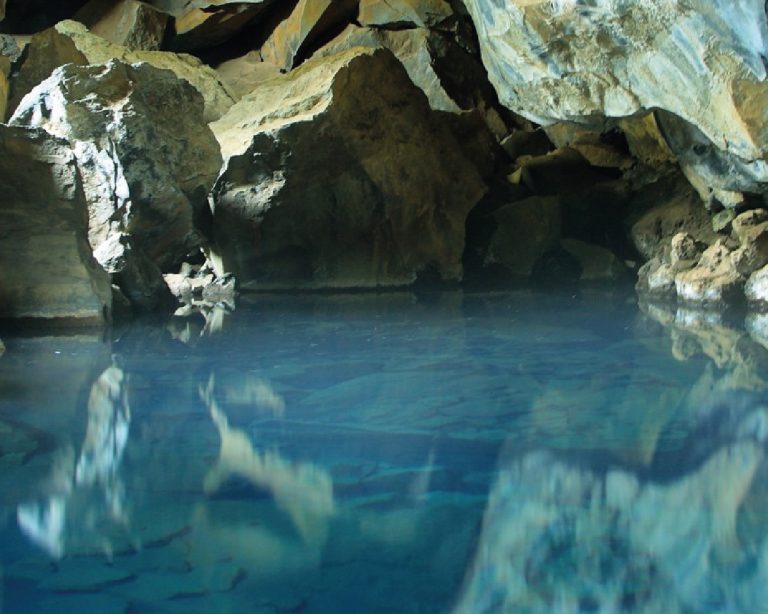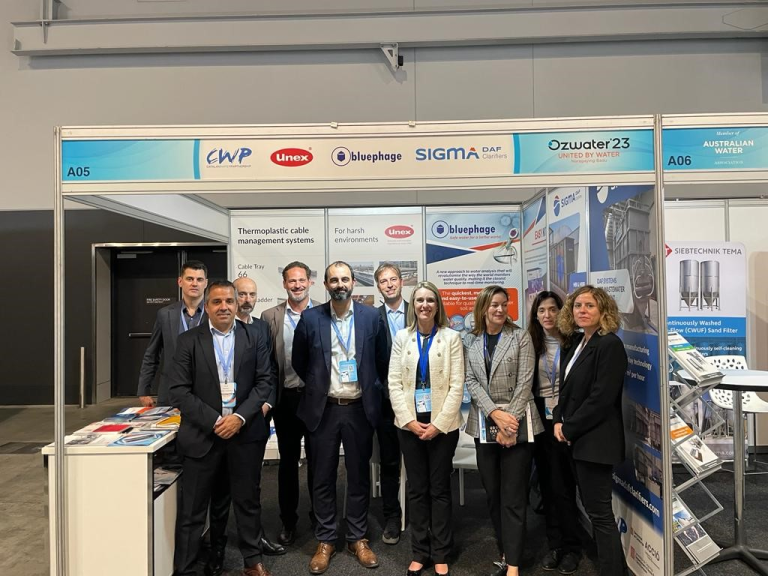THE LIFE BIODAPH2O PROJECT HAS BEGUN, WHICH WILL PRODUCE REGENERATED WATER IN CATALONIA AND GREECE FROM AN ECO-EFFICIENT TREATMENT USING DAPHNIA.
· The LIFE BIODAPH2O project is funded under the LIFE programme, which is the European Commission’s only financial instrument devoted entirely to environmental protection and climate action.
· It has a duration of 3 years, ending in the January 2026 and has a budget of 2.1 M€.
· Two pilot tests with different configurations of the BIODAPH treatment system will be carried out at the Quart WWTP (Girona, Catalonia) and at the Antissa WWTP (Lesbos Island, Greece).
This past 10th and 11th October the CWP met together with all the Catalan and Greek participants of the European project LIFE BIODAPH2O to hold the ‘kick-off meeting‘ at the Jaume Casademont building in the facilities of the Scientific and Technological Park of the University of Girona.
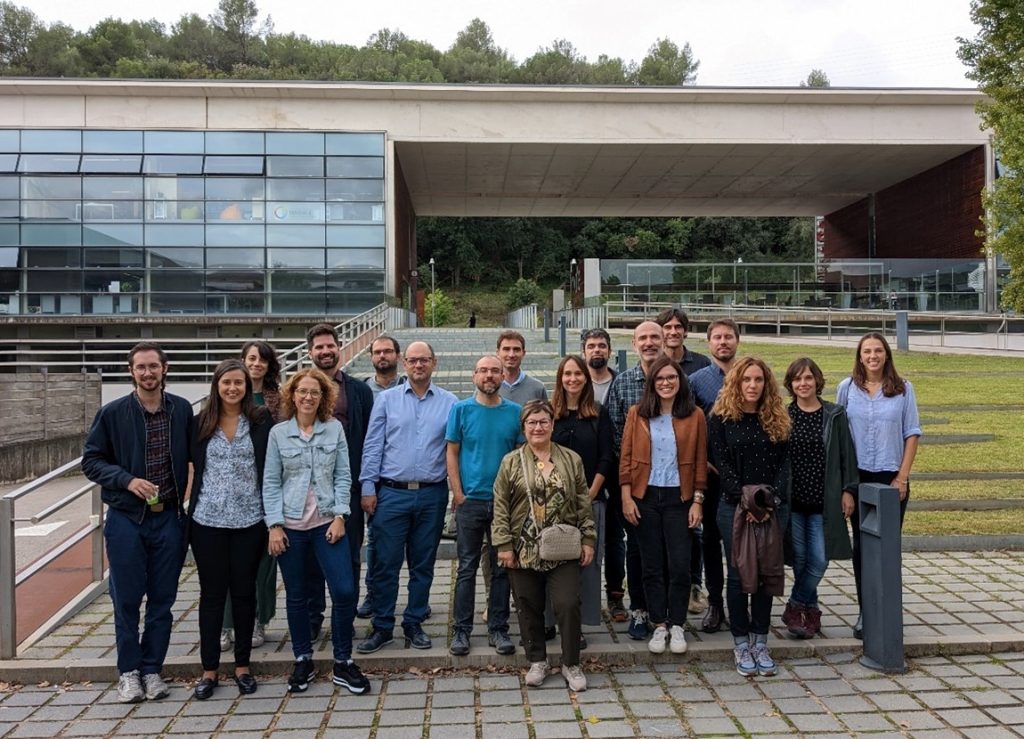
LIFE BIODAPH2O is a demonstration project whose main objective is the extension and implementation of eco-efficient tertiary wastewater treatment based on nature. Furthermore, this project aims to demonstrate the effectiveness of this treatment in producing reclaimed water while reducing dependence on conventional energy sources, in accordance with the criteria of the circular and green economy.
The technology (BIODAPH) will be applied in wastewater treatment plants (WWTPs) to prevent the discharge of pollutants and pathogens into freshwater ecosystems and to promote the reuse of reclaimed water in agriculture. BIODAPH technology is based on the ability of biological organisms such as Daphnia, microalgae and biofilms to eliminate pollutants.
BIODAPH technology has innovative advantages compared to conventional in situ tertiary treatments. The surface area of soil required for its implementation is reduced, no sludge is produced and there is no need to use chemical products. It is a system with low purchasing, maintenance and energy costs (the low energy consumption required can be zero or, if necessary, can be provided by a small solar panel). Finally, with the innovative technology it will be possible to obtain regenerated water of high microbiological and chemical quality and ecological biodiversity.
Specifically, the implementation of this system at the Quart WWTP (Girona, Catalonia) will reduce the impact of secondary wastewater discharges into the Onyar river while improving the chemical and ecological quality of the aquatic ecosystems of this river. In the case of Greece, the BIODAPH system will be implemented next to the Antissa WWTP on the island of Lesbos, at the pilot plant built as part of the HYDROUSA project, where different configurations of the system can be tested with the aim of obtaining reclaimed water in accordance with EU Regulation 2020/741 to irrigate 7,000 m2 of nearby agricultural land. Both demonstration sites are located in water-stressed regions of the Mediterranean area.
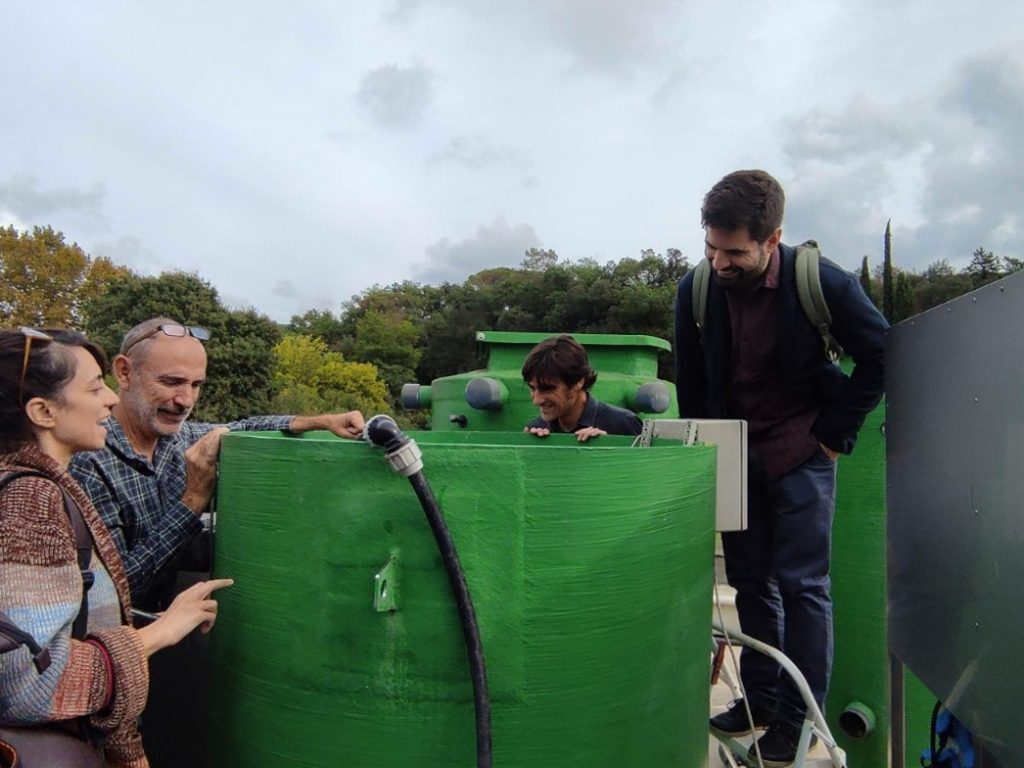
Finally, it is hoped that this technology can be implemented and replicated in other countries with similar characteristics to the demonstration sites.
The project participants are the University of Girona (coordinators), ACSA-Sorigué, the CSIC Research Institute, MINAVRA Techniki, the National Technical University of Athens (NTUA), the BETA Technology Centre. Finally, the Catalan Water Partnership (CWP) is the leader of the communication and dissemination work package of the project.
